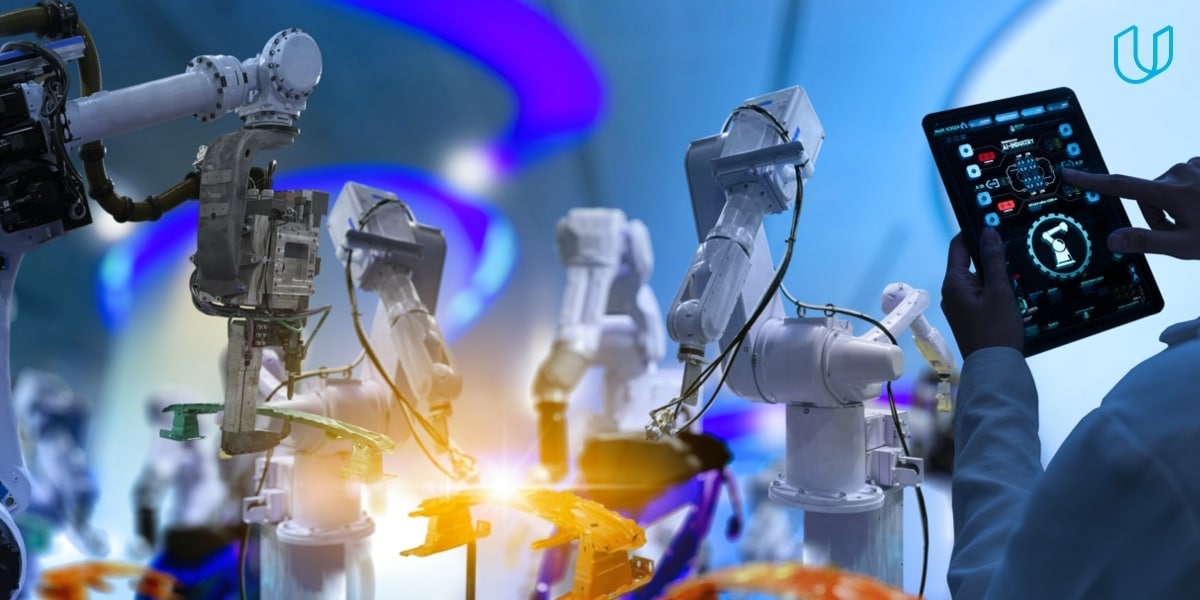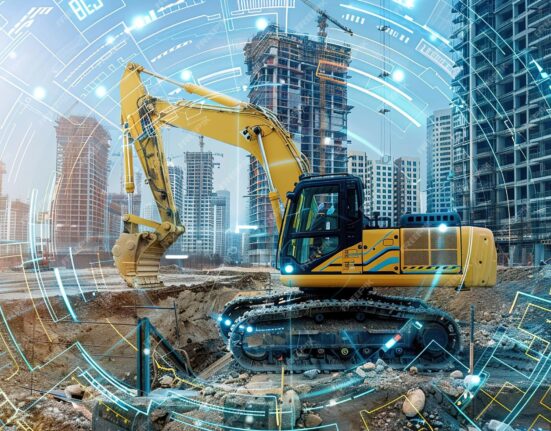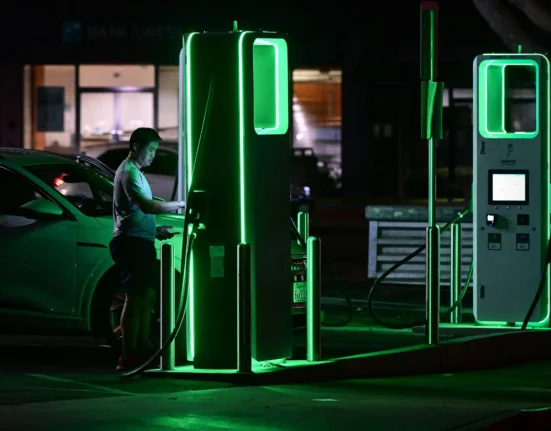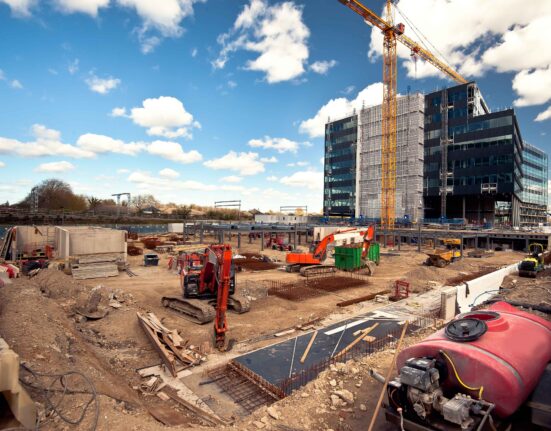Imagine a world where robotics merges precision, efficiency, and innovation into a seamless force, creating engineering marvels that were once deemed impossible. Robotics isn’t just a glimpse into the future; it’s actively reshaping how engineers design, build, and revolutionize industries. Whether it’s automating repetitive tasks, ensuring safety in hazardous environments, or pioneering new research frontiers, robotics is the cornerstone of engineering’s evolution.
In this expanded exploration, we’ll delve deep into how robotics is transforming engineering workflows, enhancing safety, enabling sustainability, and opening doors to possibilities that were unimaginable just a few decades ago. If you’re an industry professional, a curious tech enthusiast, or a student eager to learn, this guide will help you understand how robotics is steering the engineering world toward uncharted territories.
Why Are Robotics the Future of Engineering?
What makes robotics an integral part of engineering’s evolution? The answer lies in their ability to perform tasks with unparalleled accuracy, speed, and consistency. Engineering is a field that demands high levels of precision—something humans, despite their ingenuity, cannot always achieve alone. Robotics bridges this gap, ensuring efficiency, reliability, and groundbreaking innovation.
Consider this: factories equipped with robotic arms that assemble products flawlessly, drones that inspect infrastructure with precision down to the millimeter, or AI-powered robots that diagnose structural weaknesses before disasters occur. These examples highlight robotics’ transformative power, which continues to expand into new and exciting dimensions.
Automating Precision Tasks: The Cornerstone of Modern Engineering
Have you ever thought about how much time and resources are wasted on manual tasks in engineering? Robotics is eliminating inefficiencies by automating precision tasks, revolutionizing workflows across industries.
Examples of Robotics in Precision Tasks
- Robotic Assembly Lines: Robotic arms in manufacturing plants execute thousands of movements per minute, assembling components with zero errors. This level of precision reduces waste and improves quality.
- Laser Cutting and Welding: Robots equipped with laser technology perform cuts and welds with incredible accuracy, which is critical for producing intricate parts for industries like aerospace and automotive.
Case Study: In 2021, Tesla integrated robotics into their Gigafactory assembly lines to optimize production. By using robotic systems, the company significantly reduced production errors and increased efficiency, allowing them to manufacture vehicles faster and with higher consistency.
Redefining Safety Standards in Engineering
How do you ensure worker safety in hazardous environments? Robotics offers a solution that is not only innovative but also life-saving. Engineering projects often involve working in dangerous conditions, such as extreme temperatures, toxic chemicals, or unstable terrains. Robots can take on these challenges, protecting human lives while delivering exceptional results.
Applications of Robotics in Hazardous Environments
- Nuclear Reactor Maintenance: Robots are deployed to inspect and repair nuclear reactors, tasks too risky for humans.
- Disaster Response: Robotics systems can navigate disaster zones, assess damage, and assist in rescue operations, reducing risks for emergency personnel.
Example: After the Fukushima disaster in 2011, robotic systems played a critical role in assessing radiation levels and assisting in containment efforts, showcasing their capability to handle high-stakes situations.
FAQ: Can robots completely replace humans in hazardous environments?
While robots can perform tasks in dangerous conditions, they complement rather than replace human expertise. Engineers still design and program these systems, making human oversight essential.
Robotics in Design and Prototyping: Bringing Ideas to Life
What if you could turn your most complex ideas into prototypes in record time? Robotics is revolutionizing design and prototyping, empowering engineers to test and refine their concepts with unprecedented speed and precision.
How Robotics Speeds Up Prototyping
- Automated 3D Printing: Robotic 3D printers create intricate prototypes in hours, enabling faster iteration cycles.
- Advanced Modeling Systems: Robotics allows engineers to create scaled-down models for testing, ensuring designs are functional and efficient before full-scale production.
Testimonial: “Integrating robotics into our prototyping process has cut development time in half. We can now go from concept to functional prototype in days, not weeks,” says Laura Martin, a senior engineer at a leading aerospace firm.
Robotics in Construction: Building the Future Brick by Brick
Have you ever wondered how skyscrapers are being constructed faster and safer than ever before? Robotics is playing a pivotal role in this transformation, enabling tasks that require precision, strength, and endurance.
Robotic Applications in Construction
- Bricklaying Robots: These systems can lay thousands of bricks per day with perfect alignment, a feat impossible for human workers.
- Drones in Construction: Equipped with cameras and sensors, drones survey sites, monitor progress, and even assist in mapping terrains with high accuracy.
Example: A construction firm in Japan used autonomous robots to build a 30-story skyscraper, reducing construction time by 40% and minimizing human labor on high-risk tasks.
Enhancing Problem-Solving Through Artificial Intelligence
Can robots think like humans? Thanks to advancements in artificial intelligence, robotics systems are increasingly capable of analyzing complex problems, identifying solutions, and adapting to new challenges.
AI-Driven Robotics in Engineering
- Predictive Maintenance: AI-powered robots monitor infrastructure for signs of wear and tear, preventing costly failures.
- Structural Analysis: Robots equipped with AI can identify vulnerabilities in buildings, bridges, and other structures, ensuring long-term safety.
Comparison: Traditional maintenance often relies on periodic inspections, which can miss subtle signs of deterioration. AI-driven robots offer continuous monitoring, providing real-time insights and preventing accidents.
Robotics in Research: Pioneering New Frontiers
How do you explore the unknown? Robotics is enabling researchers to push boundaries in areas like space exploration, medicine, and marine biology.
Robotics in Groundbreaking Research
- Space Exploration: Robotic rovers like NASA’s Perseverance are exploring Mars, conducting experiments and gathering data that would be impossible for humans to collect directly.
- Biomedical Engineering: Surgical robots perform operations with precision beyond human capability, improving patient outcomes.
Testimonial: “The use of surgical robotics has transformed how we approach complex procedures, making them safer and more efficient,” says Dr. Alan Carter, a leading robotic surgeon.
Green Engineering: Robotics and Sustainability
Can robotics contribute to a more sustainable future? The answer is a resounding yes. Robotics is a driving force in green engineering, optimizing processes to minimize environmental impact.
How Robotics Supports Sustainability
- Energy Efficiency: Robots monitor and optimize energy usage in real time, reducing consumption.
- Recycling Innovation: Robotics systems sort and recycle materials more efficiently than traditional methods, reducing landfill waste.
Example: A European recycling plant implemented robotic systems for sorting plastics, increasing efficiency by 60% and significantly reducing contamination rates.
FAQ: Are sustainable robotics cost-effective for smaller firms?
Yes, as robotics technology becomes more accessible, even smaller firms can adopt sustainable practices without breaking the bank.
The Endless Possibilities of Robotics in Engineering
Are we truly aware of the limitless potential robotics brings to engineering? From automating precision tasks to pioneering new research, robotics continues to drive progress and redefine industries.
Key Insight: A report by the International Federation of Robotics estimates that by 2030, over 20 million robots will be deployed across industries, underscoring their growing significance.
Why You Need to Embrace Robotics in Engineering
The future of engineering is intertwined with robotics. These systems aren’t just tools—they’re catalysts for innovation, safety, and efficiency. By integrating robotics into workflows, engineers can solve complex challenges, achieve new milestones, and create solutions that redefine industries.
Are you ready to embrace the transformative power of robotics? Explore the latest technologies and discover how they can revolutionize your industry or business.












Leave feedback about this